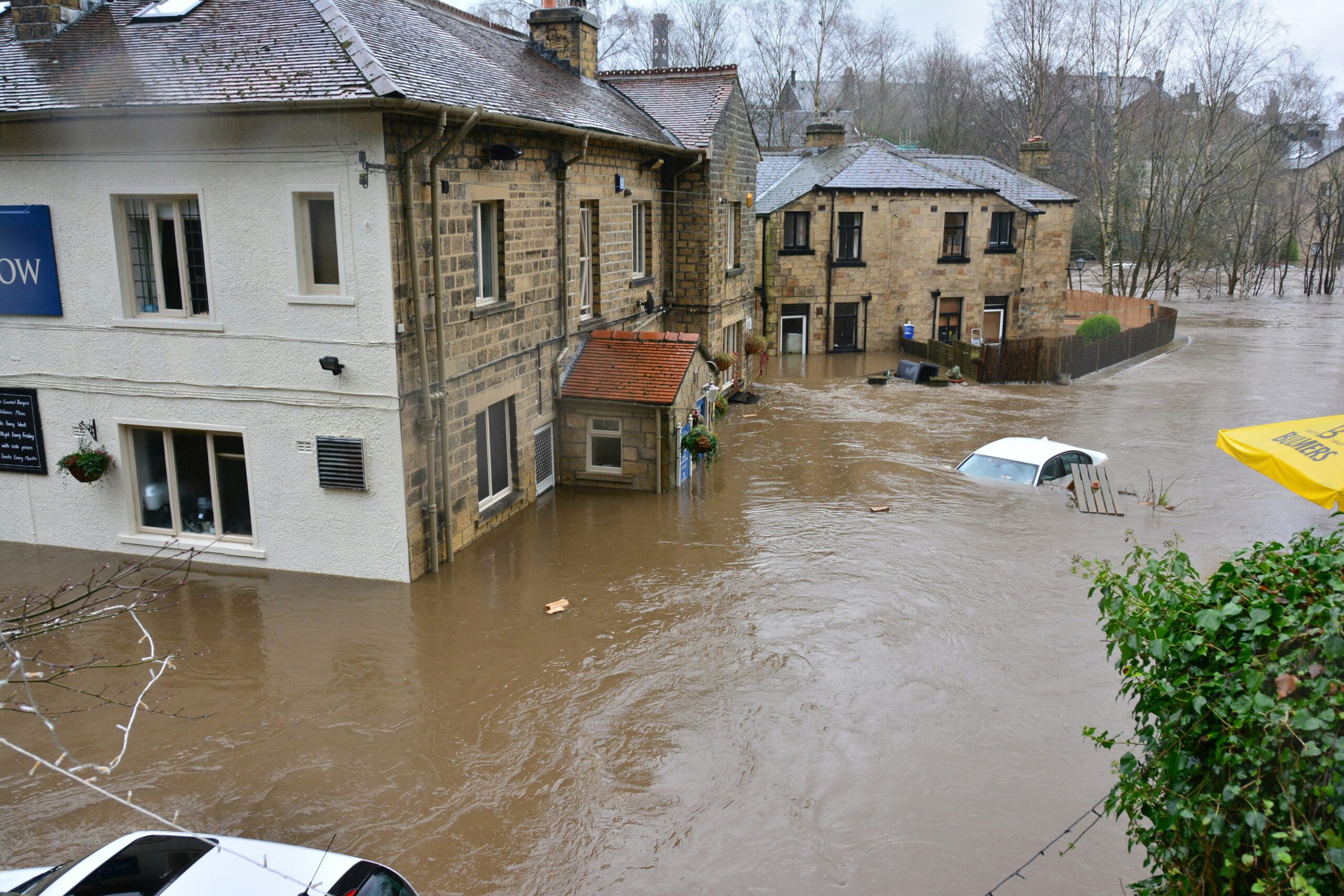Flooding is one of the most common and destructive natural disasters, affecting millions of homes worldwide each year. Being prepared with a comprehensive flood response plan is crucial for minimizing risk to your property and ensuring the safety of your loved ones. An often overlooked but vital component of this preparedness is incorporating advanced flood defense technologies, such as Tiger Dams. This blog post will guide you through creating an emergency flood response plan, emphasizing the integration of Tiger Dams for superior protection.
Understanding Tiger Dams
Before we delve into the flood response plan, let’s understand what Tiger Dams are. Tiger Dams are innovative, water-filled tubes made from a highly durable fabric that can be quickly deployed to form a barrier against floodwaters. Unlike traditional sandbags, Tiger Dams can be set up rapidly, require less labor, and provide a more reliable and environmentally friendly defense against flooding.
Step 1: Assess Your Risk
The first step in emergency preparedness is assessing your flood risk. Use resources like FEMA’s Flood Map Service Center to determine if your property is in a flood-prone area. Understanding your risk level will help you tailor your flood response plan to your specific needs, including determining the strategic placement and required length of Tiger Dams.
Step 2: Create Your Plan
A comprehensive flood response plan should include:
- Evacuation Routes and Safe Zones: Identify multiple evacuation routes and safe zones for your family. Consider high ground areas away from water sources.
- Emergency Contacts: Compile a list of essential contacts, including local emergency services, neighbors, and family members.
- Protection of Valuables: Secure or elevate important documents and valuables. Consider waterproof safes or high shelves.
- Integration of Tiger Dams: Plan the deployment of Tiger Dams around your property. Consider access points, the perimeter that needs protection, and how to create the most effective barrier.
- Emergency Kit: Prepare an emergency kit with water, non-perishable food, medications, flashlights, batteries, and other essentials.
Step 3: Implement Tiger Dams
Incorporating Tiger Dams into your flood response plan involves several considerations:
- Acquisition: Purchase or arrange for the rental of Tiger Dams well in advance. Ensure you have enough units to protect your property’s perimeter.
- Training: Familiarize yourself with the deployment and filling of Tiger Dams. Consider a dry run to ensure you can set them up quickly when needed.
- Storage: Store Tiger Dams in an accessible location. While they are compact when not in use, ensure you can quickly get them to the deployment site.
Step 4: Stay Informed and Ready
- Monitor Weather Alerts: Stay informed about potential flood threats by signing up for weather alerts and monitoring local news.
- Review and Practice Your Plan: Regularly review your plan with all household members and practice evacuation and Tiger Dams deployment drills.
Flooding can happen with little warning, but with a robust flood response plan that includes Tiger Dams, you can significantly reduce the risk to your home and family. Tiger Dams offer an efficient, effective, and environmentally friendly solution to flood defense, setting a new standard in emergency preparedness. Don’t wait until it’s too late—start integrating these advanced barriers into your flood response plan today.



